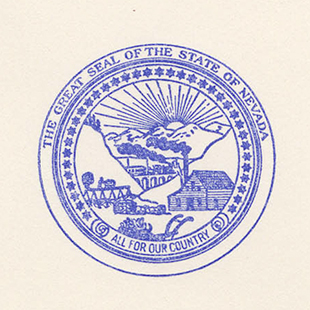 /tiles/non-collection/p/pm_027imgtile1.xml
/tiles/non-collection/p/pm_027imgtile1.xml
Image courtesy of the National Archives and Records Administration
Description
Congress authorizes the U.S. Mint to produce commemorative coins, which honor historical events, people, and anniversaries. The first U.S. commemorative coin was a half dollar celebrating the Columbian Exposition in 1892. Numerous coins followed, including the 1904–1905 Lewis and Clark Exposition gold dollar and the 1951–1954 George Washington Carver–Booker T. Washington half dollar. However, in 1925, the Committee on Coinage, Weights, and Measures (which later was merged with the Committee on Banking and Currency) noted that it did not favor commemorative coinage legislation, “because of the great number of bills introduced to commemorate events of local and not national interest, and because such quantities of the coins so authorized have had to be taken back by the Government, melted, and reminted.” Despite the committee’s statement, requests for commemorative coinage production continued. This House record shows an attempt by the state of Nevada to request a commemorative silver dollar, honoring its 100th anniversary of statehood in 1964. Although the coin was not issued, in 1963 the U.S. Treasury was authorized to strike silver medals to commemorate the centennial. A silver medal was deemed appropriate, given the importance of the precious metal to the state’s history and its nickname—the Silver State.
 /tiles/non-collection/p/pm_027imgtile1.xml
/tiles/non-collection/p/pm_027imgtile1.xml
 /tiles/non-collection/p/pm_027imgtile1.xml
/tiles/non-collection/p/pm_027imgtile1.xml